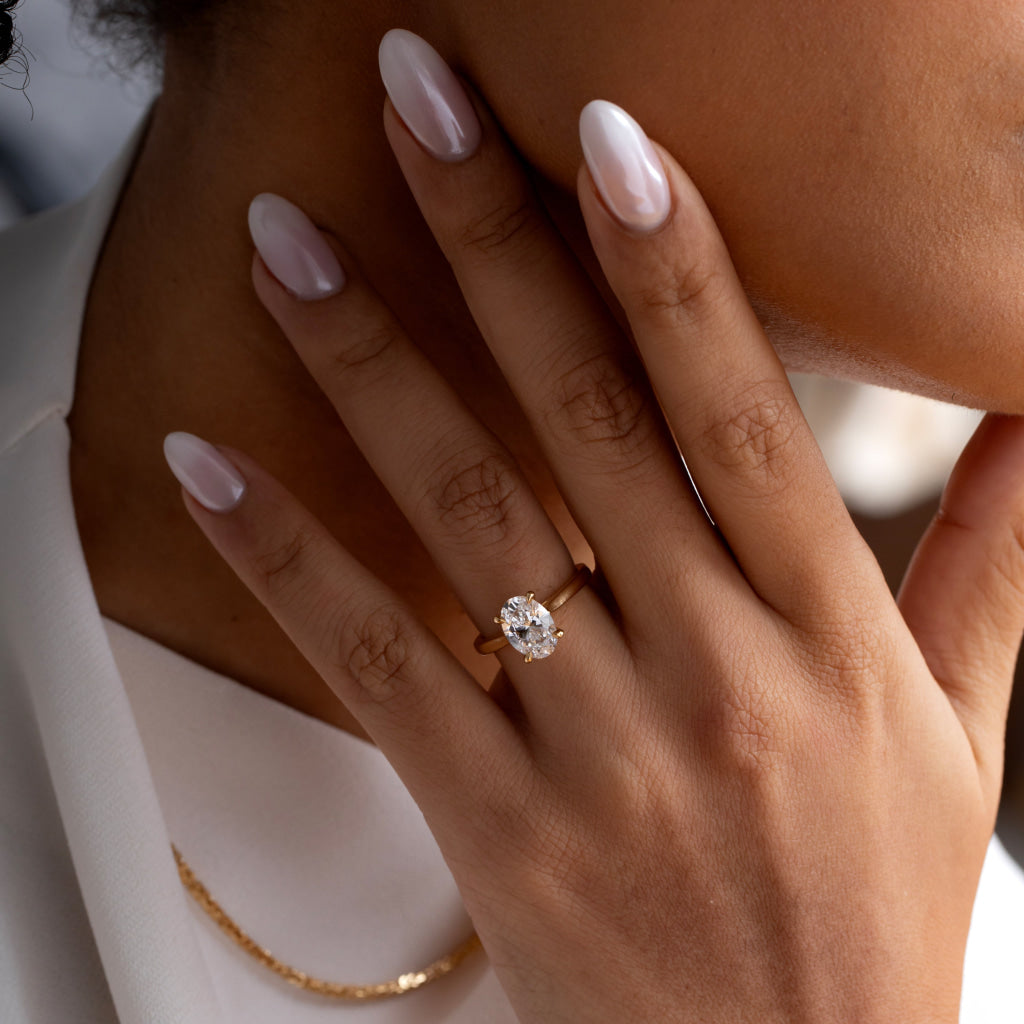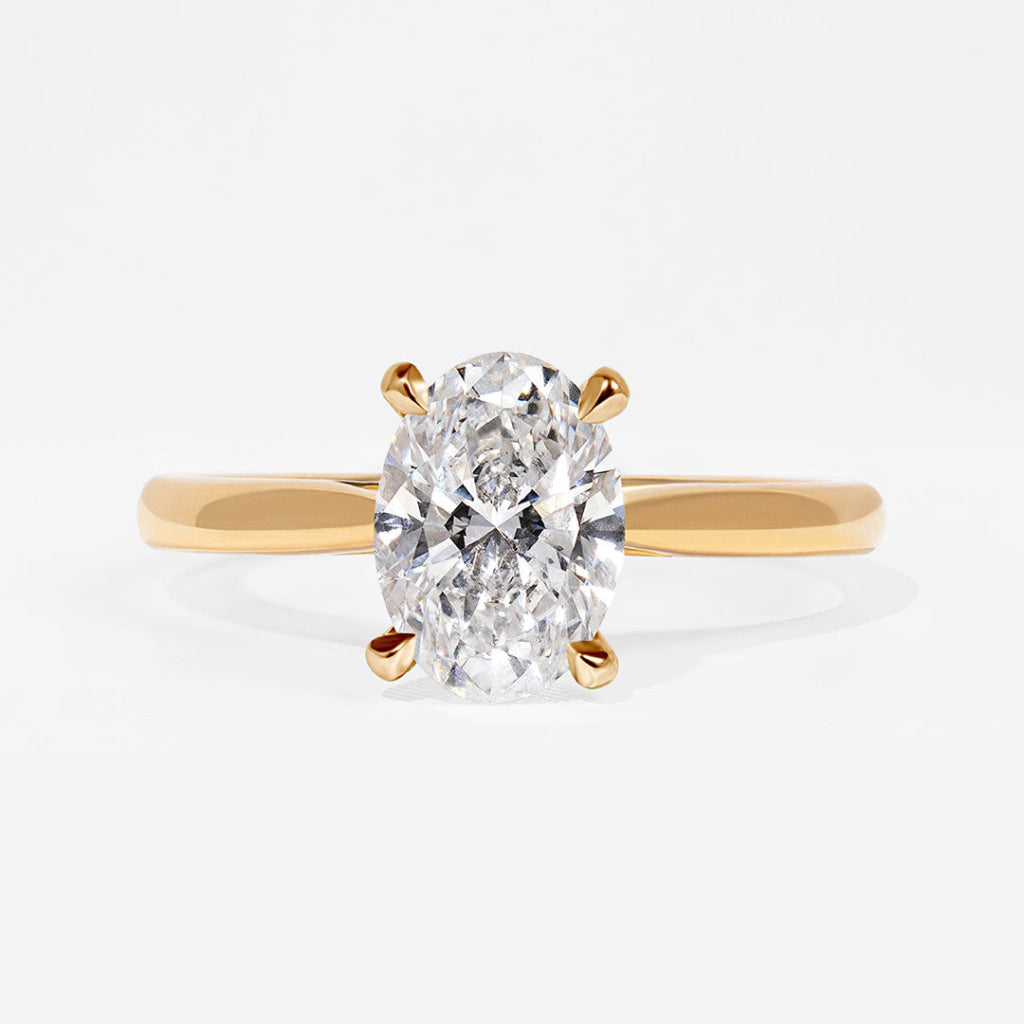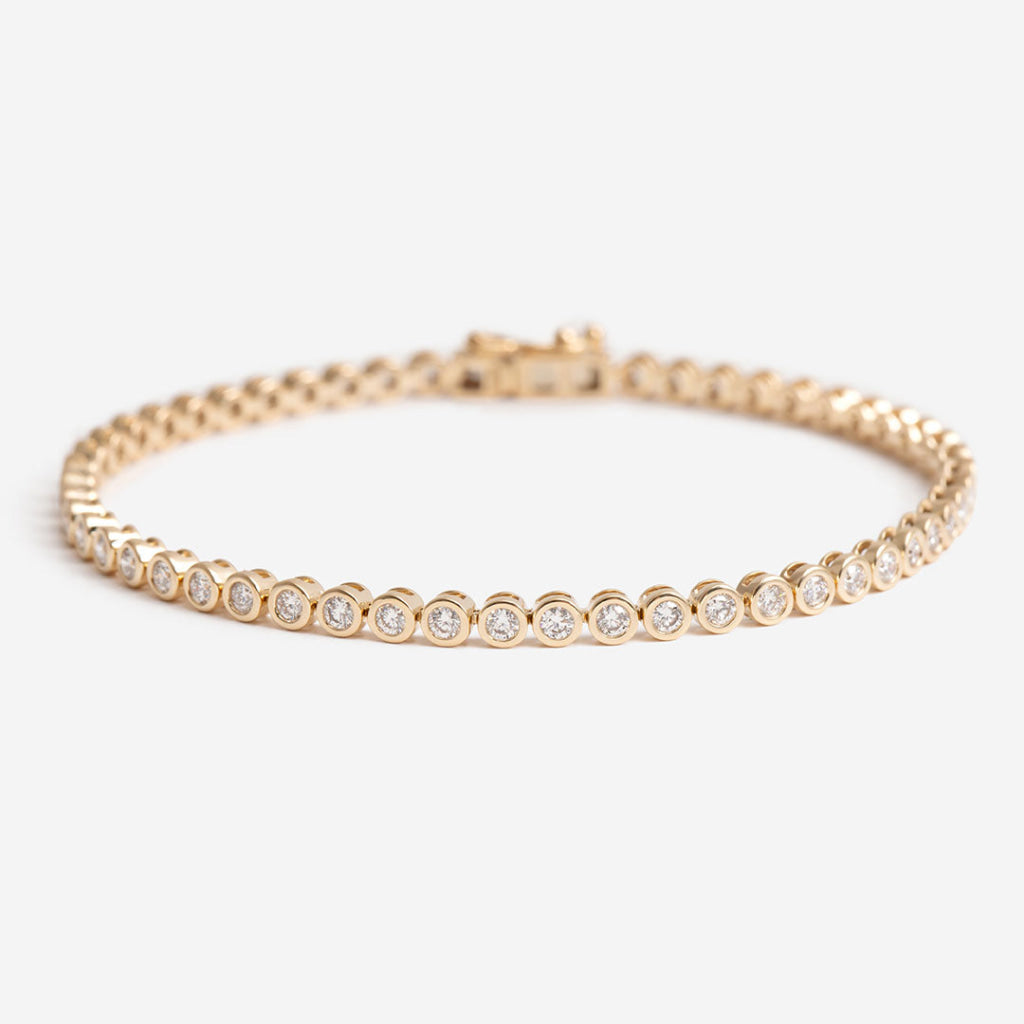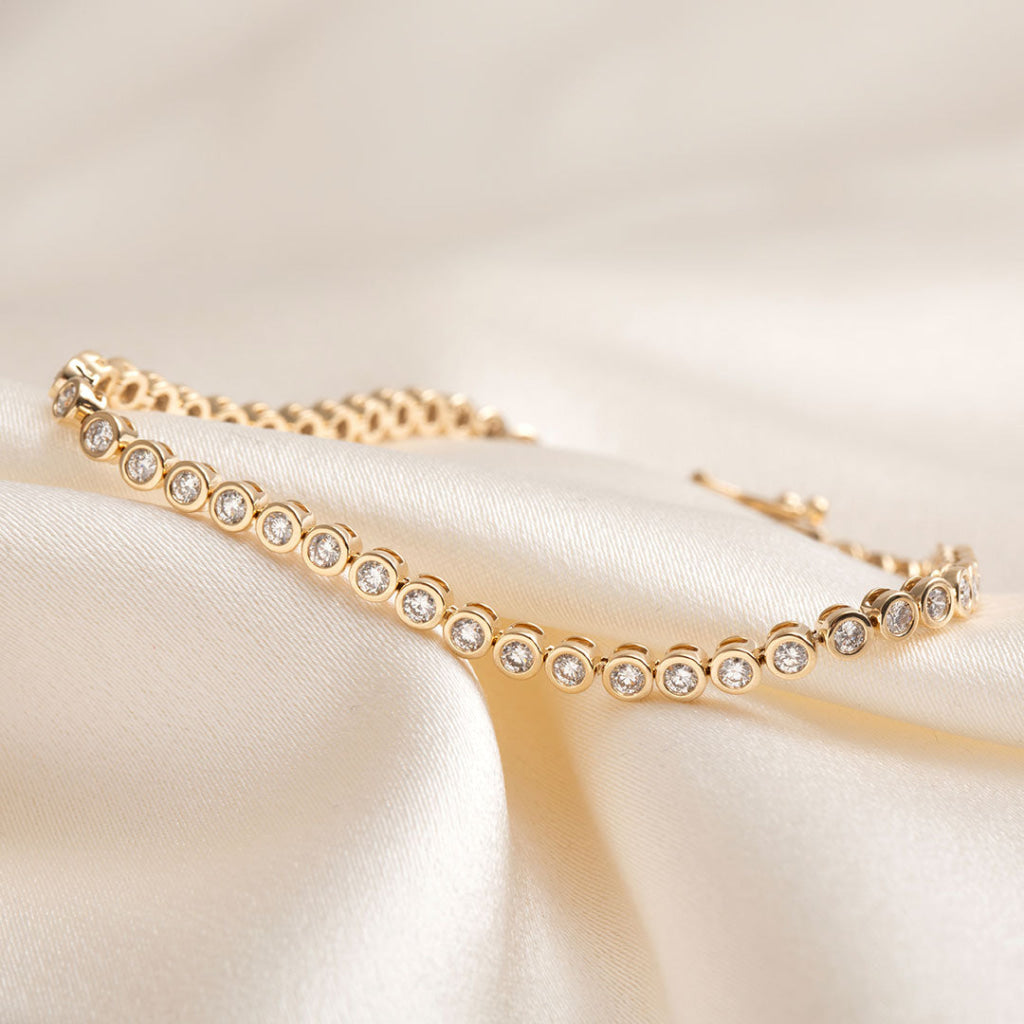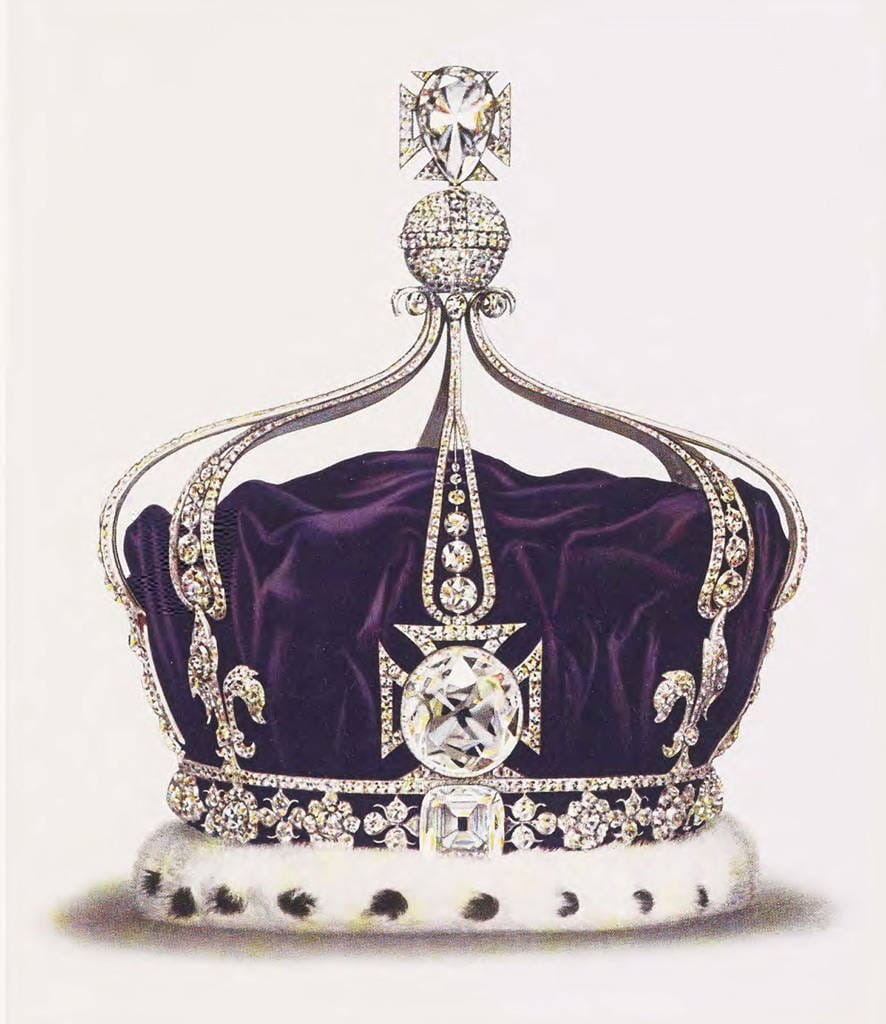The cullinan diamond
size
3,106.75 CARATS
(621.350 g)
colour
White
cut
Assorted (cushions, pears, marquises)
discovered
1905 - South Africa
about
The Cullinan is the largest rough gem-quality diamond ever discovered. The massive diamond was bought by the South African government and presented to British Kind Edward VII on his birthday.
Interesting fact
Shipping the Cullinan to England was a difficult feat. Detectives from London were placed on a steamboat headed for Europe with a fake stone, as a divisionary tactic. At the same time, the actual Cullinan diamond was safely shipped to England in the standard mailing system via parcel post.
Where is it now?
The Cullinan has since been cut into nine smaller stones, with the biggest of them known as the Great Star of Africa
the hope diamond
size
45.52 CARATS
(9.104 g)
colour
Fancy Dark Greyish Blue (GIA)
cut
Antique Cushion
discovered
Unknown Date- India
about
The Hope Diamond is one of the world's most recognisable and is also known as 'Le Bleu de France'. It has a long recorded history, with few gaps, in which it changed hands numerous times on its way from India to France to Britain and eventually to the United States.
Interesting fact
The Hope diamond is notorious for supposedly being cursed. The diamond was purportedly stolen from the eye of a sculpted statue of the goddess Sita in India and has been cursed every since, bringing misfortune to those who have owned or worn it.
Where is it now?
The Hope Diamond is now on display in the Smithsonian Institute in Washington D.C, in the USA.
the CENTENARY diamond
size
273.85 CARATS
(54.770 g)
colour
Grade D colourless
cut
Modified heart-shaped brilliant
discovered
1896- South Africa
about
The Centenary Diamond was considered internally and externally flawless with its rating of colour grade D, the highest grade of a colourless diamond. It was named the Centenary Diamond as it was presented in the rough for the Centennial Celebration of De Beers.
Interesting fact
Cutting such an immense and valuable diamond required expertise and a considerable investment. Once an expert was selected to lead a team of diamond cutters, a group of engineers, electricians and security guards were specially picked to assist in the process.
Where is it now?
The Centenary Diamond was unveiled in final form in May 1991. It is believed that De Beers no longer owns the Centenary, but the current owner is unknown.
the Regent diamond
size
140.64 CARATS
(28.128 g)

colour
White with pale blue

cut
Cushion

discovered
1698- India
about
A slave discovered the uncut diamond in India and hid it inside a large wound in this leg. An English sea captain stole the diamond from the slave, killed him and sold it to an Indian merchant. Governor Thomas Pitt acquired it from a merchant in Madras in 1701, and it is often consequently referred to as the Pitt Diamond.
Interesting fact
The stone was set into the crown of Louis XV for his coronation in 1722 and then into a new crown for the coronation of Louis XVI in 1775. It was also used to adorn a hat belonging to Marie Antoinette.
Where is it now?
Today, mounted in a Greek diadem designed for Empress Eugenie, it is on display in the French Royal Treasury at the Louvre. It has been there since 1887.
the Koh-i-Noor

size
105.602 CARATS
(21.1204 g)

colour
Finest White

cut
Cushion

discovered
Unknown date- India
about
The Koh-I-Noor Diamond, meaning "Mountain of Light" in the Persian language, was once the largest known diamond in the world. It is believed to have originated in the state of Andhra Pradesh in India together with it double, the Darya-ye Noor (meaning the "Sea of Light").
Interesting fact
The diamond was originally owned by the Kakatiya dynasty, which had installed it in a temple of a Hindu goddess as her eye. The diamond has had a troubled history, having been stolen, confiscated or taken as war loot by various invaders.
Where is it now?
Today the diamond is a part of the Crown of Queen Elizabeth, having been confiscated from its owners in 1850 by imperial powers.
the Orlov diamond

size
189.62 CARATS
(37.924 g)

colour
White with faint bluish-green
cut
Indian rose-style cut
discovered
Unknown date- India
about
The Orlov is a large diamond that is part of the collection of the Diamond Fund of the Moscow Kremlin. The Orlov is a rarity among historic diamonds, for it retains its original Indian rose-style cut.
Interesting fact
The stone came to be owned by Count Grigory Orlov who had an affair with Catherine the Great of Russia. He led the dethronement of her husband in a coup d'etat and to elevate Catherine to power; however she later forsook him. Count Orlov sought to rekindle their romance by offering her the diamond.
Where is it now?
The Orlov today is set in the Imperial sceptre in the collection of the Diamond Find of the Moscow Kremlin.
Resources:
https://historycollection.com/day-history-largest-diamond-history-found-1905/
https://www.telegraph.co.uk/luxury/jewellery/harry-winston-bond-street/hope-diamond-history/
https://www.costerdiamonds.com/blog/top-5-worlds-expensive-diamonds-no-5/
https://www.louvre.fr/en/oeuvre-notices/diamond-known-regent



